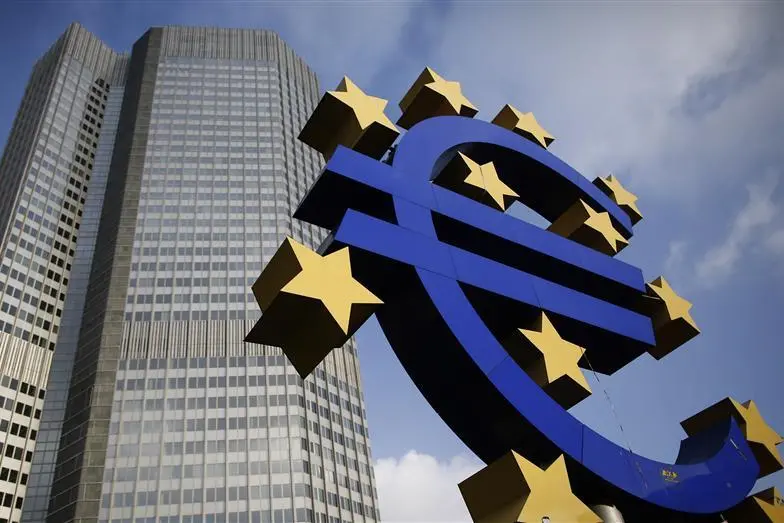PHOTO
LUXEMBOURG – Faced with growing investment gaps, most European policymakers seem to think it is time for another broad-based stimulus package, despite high inflation and high levels of public debt. But I am afraid they are wrong.
Stimulus would simply force the European Central Bank to increase interest rates further and faster. What we need instead is targeted support, namely investments in sectors that are green and likely to promote resilience and competitiveness. The necessary resources must be mobilized quickly and on an EU-wide scale, with the express goal of mobilizing private investment.
There has been much handwringing in Europe over the threat posed by the US Inflation Reduction Act. Yet despite all the fears it has provoked, the IRA is ultimately a step in the right direction. It provides massive support for green sectors where more investment is urgently needed, and it shows that the United States and Europe are finally aligned in pursuing a sustainable economic transformation. Europeans should welcome US eagerness to scale up its renewable-energy capacity, and that it is putting its money where its mouth is.
The IRA’s goal of building modern low-carbon infrastructure is not itself a problem for the European economy. On the contrary, in sectors like wind energy, where Europe is a technology leader, higher investment demand is a positive development. In addition to having a positive effect on the climate, US subsidies will provide new business opportunities for European firms.
To be sure, some elements of the new US policy present challenges. The IRA offers substantial support for solar panels, wind power, energy storage, and clean hydrogen equipment, but most of these benefits are limited to producers who can claim “made in America” status. This setup of course excludes European manufacturers, who do not receive the same subsidies from the European Union.
That raises the risk that some European equipment manufacturers and hydrogen producers pull up stakes and move to the US, adding to the plight of the EU’s already underfinanced innovation sector. Just when we need to reinforce the emerging supply chain for green tech, some of the IRA’s provisions could disrupt it – benefiting America at Europe’s expense.
But, by keeping open communication channels with our American partners and targeting our own investments to the right sectors, Europe can neutralize the problematic parts of the IRA while still capitalizing on the good parts. Such dialogue is crucial, because we do need to persuade the US to reconsider some of the IRA’s provisions, especially those that go against longstanding principles of open and fair competition.
In pursuing such talks, however, we must not present ourselves as victims. Europeans should accept that many of our current investment gaps lie far beyond the scope of the IRA. As the European Investment Bank’s annual flagship report shows, over the past ten years, Europe has invested 2% less per year in productivity enhancements than its competitors have. The IRA should be seen as a wake-up call for addressing this under-investment. We urgently need to funnel more money into European clean power, cleantech manufacturing, and digitalization all of which are crucial to the green transition and future competitiveness.
This may sound like a big job, but the truth is that we already have most of the tools that we need. The EIB Group provides a wide array of risk-sharing and long-term financing solutions that can make promising innovations more palatable for private investors. Our model for crowding-in capital has allowed us to kick-start major breakthroughs in life sciences, the energy sector, quantum computing, and satellite technologies.
We can send a strong signal to the market that EU institutions and governments are willing to promote cutting-edge technologies with debt and equity investment from the very early stages of development. We are ready to work with the European Commission and EU member states to create a new pan-EU equity fund to support large ventures that are strategically important for the net-zero economy.
Some might wonder why we would focus on large ventures, given that “ventures” tend to call to mind start-ups that entrepreneurs launch in their garages. But, in fact, we are seeing more and more massive ventures emerging at the cutting edge of innovation. Consider battery producer Northvolt, with its new giga-factory in northern Sweden. It is a startup, but you would need a thousand garages to accommodate it.
Ventures of this size are precisely what Europe needs, and they require multibillion-euro investments up front, usually in the form of equity and equity-type funding. An EU equity fund thus could add significant value by helping more cutting-edge firms get started. And though the investments I am talking about are huge, they would also be precisely targeted.
The beauty of this approach is that it is pan-European. It would promote a level playing field for EU member states and thus protect one of our key achievements: the single market. It also would help us confront our global challenges without casting aside our values. It would be a quintessentially European response to the IRA and to the broader geopolitical challenges Europe faces.
Werner Hoyer is President of the European Investment Bank.
Copyright: Project Syndicate, 2023.
www.project-syndicate.org























